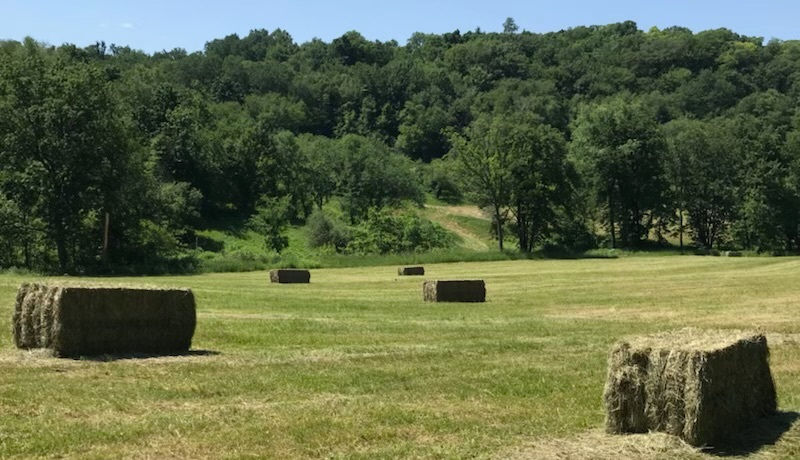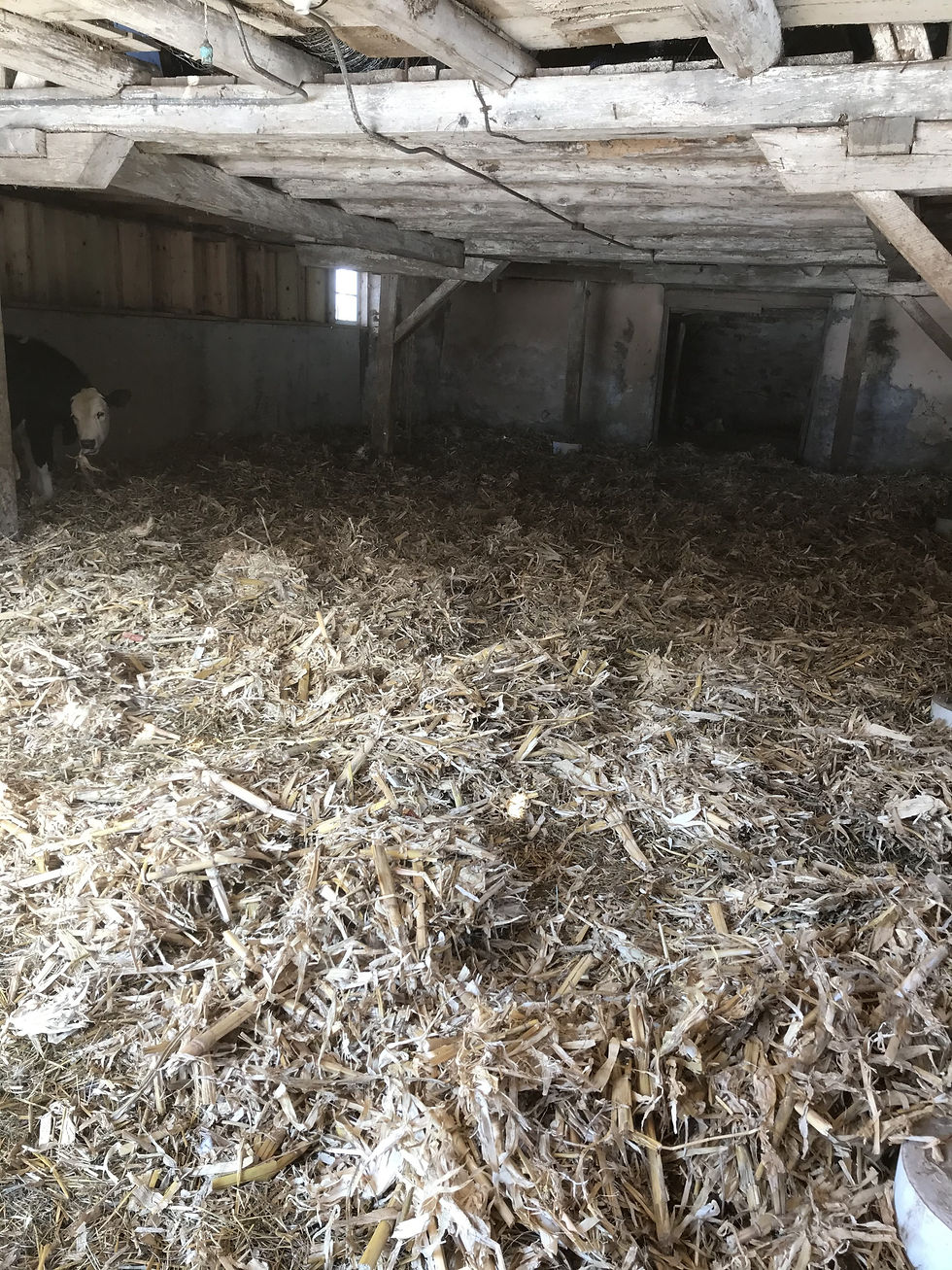The Inflection Point
- Rebecca Clancy
- Jul 19, 2022
- 4 min read
Updated: Jul 20, 2022

Back when I was a minister, congregants would often make book recommendations. I came to sense that there was an ulterior motive to these recommendations – that the books conveyed information they wanted me to consider. Sometimes it was a theological perspective – usually a trendy new take on Jesus. Other times it was a social cause they hoped the church would get behind. Ministerial colleagues tell me that the same thing happens to them. One colleague told me that his first day on the job, a congregant, looking this way and that, slipped him The Sociopath Next Door.
The very best book recommendation I ever received was Good to Great, by James Collins. Charging that “the good is the enemy of the great,” the book documented how merely good corporations transitioned into great corporations. A great corporation was gauged objectively – by walloping stock returns.
But the employees who participated in great corporations had a more subjective gauge. They shared that participating in a great corporation was one of the best experiences of their lives. Contributing to an enterprise that was vital, productive, functional, and successful produced morale that bordered on euphoria.
The transition from a good corporation into a great one was a replicable process. The process began with a “build up” phase possessed of key components:
Authentic Leadership. Just because someone occupies the role of leader does not make him or her an authentic leader. More often than not, a “leader” is more style than substance. Authentic leaders come in various shapes and sizes, but they must possess the true stuff of leadership.
The Right Team. The right team is composed of intelligent, independent, self-starting, motivated members. When hired, it does not matter if there is a particular position for them or not. What matters is that they are the right raw material; what matters is, as Collins puts it, getting the “right people on the bus.”
The Hedgehog Principle. Based upon the Greek parable that, “The fox knows many things, but the hedgehog knows only one big thing,” the hedgehog principle holds that you determine what you’re best at, and stick to it. The ongoing incubation of various ideas and possibilities only causes you to lose focus and lapse into inefficiency and unproductivity.
Discipline. The workplace is often used to kill time – to indulge in complacency, laziness, and procrastination. Discipline means being possessed of the drive and self-control to meet and exceed goals.
If these components, and a few others like them, are in place a corporation will build up a cumulative momentum until it hits what Collins calls an inflection point where it pivots upwards towards greatness.

It’s easy to see why I appreciated the recommendation. It had application to the church. But it has application across the board as well. It certainly has application to our farm.
And so we put the key components in place. In our case, however, the inflection point wasn’t only the result of cumulative momentum. It was catalyzed by what could be described as a revelatory insight.
Permaculture is largely about the design and implementation of perennial food and water harvesting systems, so we got down to designing and implementing. The biggies were the swales and the pond. Along the way we adopted practices that are not the exclusive property of permaculture, but that overlap other types of regenerative agriculture. We improved the soil by adding amendments, livestock, and nitrogen fixing and deep root plants. We cleared invasive brush. We thinned woodlands and savannas of invasive or unhealthy trees. We increased biodiversity.
We were building up cumulative momentum. Then came the revelatory insight. It was not exactly a Damascus Road experience; rather, it was relatively happenstantial.
On one side of the livestock fence, there was a small brush field between the livestock fence and the forest line. May asked if she could clear it with the tractor’s brush mower attachment. Half the time what appears to be a brush field is actually a grass field. You just have to mow it down. A grass field emerged which improved the viewscape.
But then May asked the question that catalyzed the revelatory insight. “Could we grow something there?” There was plenty of sunlight. Sure, we could grow something there. We hauled out our landscape cloth and planted a huge watermelon patch. As we were appreciating our effort, my eyes lit on the livestock fence. “Could we grow something there?” I wondered. Sure, we could grow something there. A fence is a trellis. We could grow about 100 yards of grapes.
All of a sudden, it was like Hellen Keller’s hand under the water pump. We could grow something almost anywhere. May discovered another brush field farther from the house and converted it into a grass field. Could we grow something there? Sure, we could grow something there. Fashioning the landscaping cloth into squares, we are presently planting horseradish and rhubarb patches.
Could we grow something there? Sure, we could grow something there. Mushroom logs behind the house. Cherry trees near the pond. Winter squash and summer squash all over the place. Ditto, with reference to bee balm and coneflowers.
The revelatory insight that led to the inflection point was precisely this: Aim for maximal integration. Now we are past the inflection point and moving upward. We will achieve greatness when we achieve saturation.
Sure, there is an objective gauge to determine when we’ve achieved greatness; namely, abundance. But too there is a subjective gauge. It feels like we’ve glimpsed the Garden of Eden – life before the Fall. It feels like we are a part of a paradisiacal equilibrium that provides for the Earth, our family, our neighbors, animal life, and posterity. It feels like this is what we were created for.








Comments